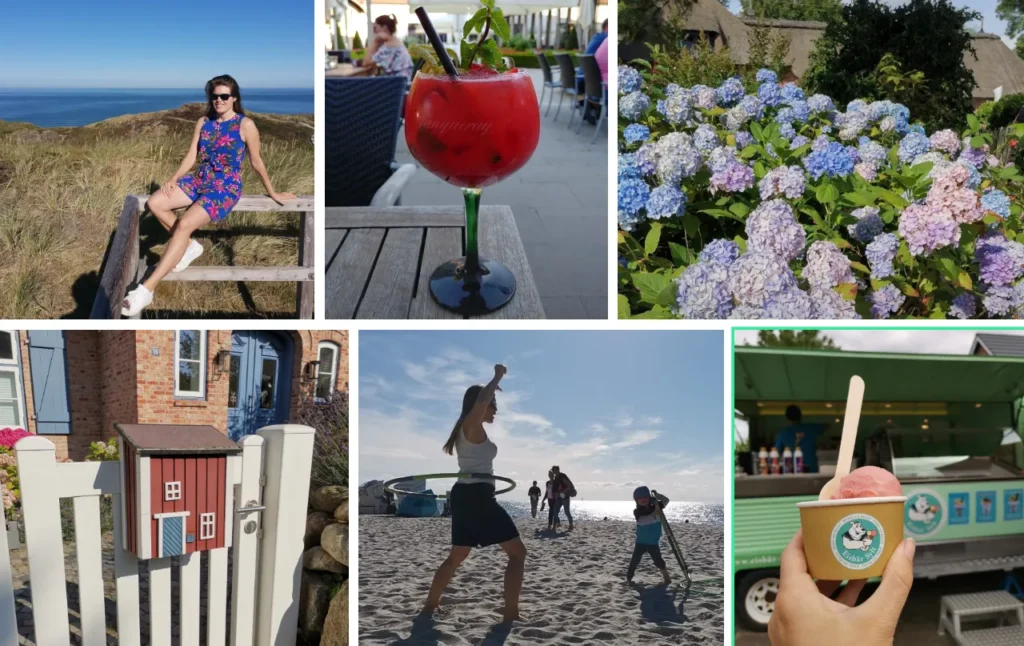
The Power of Combining Your Topics | Multiple Stories
In today’s content-saturated world, readers are constantly seeking diverse, engaging material that reflects their wide range of interests. That’s why the concept of your topics | multiple stories has gained popularity—allowing publishers, bloggers, and creators to offer a multifaceted reading experience within a single digital space. Rather than limiting an article or blog to one idea, creators can blend personal narratives, industry insights, and educational resources under one thematic umbrella. This approach not only enhances engagement but also deepens the reader’s connection to the content, encouraging longer time-on-site and greater exploration.
Building Reader Connection Through Your Topics | Multiple Stories
One of the greatest strengths of the your topics | multiple stories model is its ability to foster connection. When a reader sees a post that weaves together travel reflections, productivity tips, and a brief anecdote about a recent failure or win, they feel the writer is speaking directly to them as a whole person—not just targeting one niche interest. By thoughtfully merging content around your topics, a creator can construct an ecosystem of stories that reflect the complexity and variety of modern life. Whether you’re an entrepreneur, artist, student, or digital nomad, this model invites the audience to engage with your brand on multiple levels.
Content Strategy With Your Topics | Multiple Stories
When developing a content strategy based on your topics | multiple stories, it’s important to ensure each story maintains clarity while still contributing to the broader theme. For example, a website focusing on mental wellness might feature one post that opens with a short story about a panic attack, transitions into techniques for grounding, and finishes with expert insights or quotes from psychologists. This structure makes the piece rich in both relatability and authority. Strategically using multiple stories allows your topics to evolve naturally, keeping readers curious and connected as they move through different layers of the article.
SEO Benefits of Using Your Topics | Multiple Stories

From an SEO perspective, implementing your topics | multiple stories can improve keyword diversity, increase internal link opportunities, and boost the relevance of your content in search engine results. By covering several angles or mini-narratives within a single post, you increase the chances of ranking for long-tail keywords. For example, an article that includes career tips, personal development stories, and remote work hacks under one main theme can attract readers from a variety of search paths. This cross-topic approach not only widens your audience but also keeps your content evergreen by ensuring it remains useful and multifaceted over time.
How Creators Use Your Topics | Multiple Stories Across Platforms
Creators and influencers across platforms like YouTube, Substack, and Medium are increasingly adopting the your topics | multiple stories method to keep content fresh and human. A single video might include a day-in-the-life vlog, a brief breakdown of a current news event, and a viewer Q&A—all within 15 minutes. Writers may structure newsletters with multiple sections: a main essay, a short quote, a personal update, and a product recommendation. This hybrid format mirrors how people consume information naturally—through stories, headlines, and micro-moments—making it an incredibly effective storytelling approach.
Challenges of Managing Your Topics | Multiple Stories
While the your topics | multiple stories method can be dynamic and powerful, it does require careful organization. Without a clear structure, posts may feel cluttered or disjointed, causing readers to lose interest. Creators must be intentional with transitions, formatting, and visual breaks to guide the reader through multiple stories without overwhelming them. It’s also essential to maintain a consistent voice across diverse topics, so the content feels cohesive even when covering multiple angles. When done right, this approach enhances the brand’s authenticity; when done poorly, it can dilute the message.
Monetization Opportunities Using Your Topics | Multiple Stories
Monetization becomes more versatile when using the your topics | multiple stories model. Because this structure often includes several segments within one post, creators can incorporate different affiliate links, sponsor mentions, or product placements that align with each story section. For instance, a travel story can feature luggage brands, a wellness section can promote supplements, and a productivity segment might include links to apps or tools. The layered nature of content makes monetization feel more natural and less intrusive, helping creators maintain reader trust while increasing revenue potential.
Final Thoughts on Your Topics | Multiple Stories as a Content Model
The approach of your topics | multiple stories represents more than just a stylistic trend—it’s a reflection of how modern audiences think, search, and connect online. In a digital era defined by short attention spans but deep curiosity, offering varied stories under unified topics can make your website, blog, or brand feel richer and more human. It opens the door for authentic storytelling, audience engagement, SEO optimization, and creative freedom—all in a single content piece. For content creators looking to stand out and build meaningful relationships with readers, embracing the power of your topics | multiple stories may be the smartest strategy yet.
Frequently Asked Questions (FAQ)
What does “your topics | multiple stories” mean?
“Your topics | multiple stories” refers to a content strategy where multiple themes or narratives are combined into a single article, post, or piece of content. Rather than sticking to one narrow subject, this approach allows creators to explore different ideas, anecdotes, or perspectives within a broader topic. It enhances reader engagement and encourages exploration across a variety of themes.
Why is this format effective for digital content?

The “your topics | multiple stories” format mirrors how people consume information today—quickly, across many interests, and in fragmented moments. By providing multiple angles or stories in one place, creators cater to short attention spans while delivering deeper value. It also improves SEO, encourages longer site visits, and increases content shareability.
Can I use this method in blog posts or newsletters?
Absolutely. This structure works well in blog posts, newsletters, and even video or podcast formats. Many creators divide their content into sections—like personal stories, tips, tools, and updates—allowing readers to connect with different pieces depending on their interests.
Are there SEO benefits to using this content model?
Yes. Covering your topics | multiple stories within a single piece increases keyword variety, improves topic authority, and helps you rank for multiple search terms. It also allows for internal linking and encourages readers to stay longer on your site, which benefits your search engine performance.
How do I keep the content from becoming overwhelming?
The key is structure. Use clear headers, transitions, and visual breaks. Limit the number of stories or topics per post to 2–4 to maintain flow and focus. A consistent voice and strong editorial direction will help unify the content even when covering diverse ideas.
About the Author: Ana Milojevik
Ana Milojevik is a content strategist, storyteller, and digital writer with over 7 years of experience in blogging, brand communication, and editorial planning. She specializes in creating engaging multi-topic content strategies, with a strong focus on the your topics | multiple stories format. Ana helps brands and creators develop content that connects authentically across niches—whether it’s lifestyle, business, wellness, or tech.
Her background in journalism and narrative writing gives her a unique ability to blend personal insight with strategic content structure. Ana believes the most effective content today is layered, relatable, and built to reflect how real people think and explore. Her work has been featured in independent publications, branded blogs, and newsletter-based platforms across Europe and North America.
When Ana’s not writing, she’s mentoring creators on editorial planning, exploring Balkan history, or hiking the trails near her home in Belgrade.
Leave a Reply